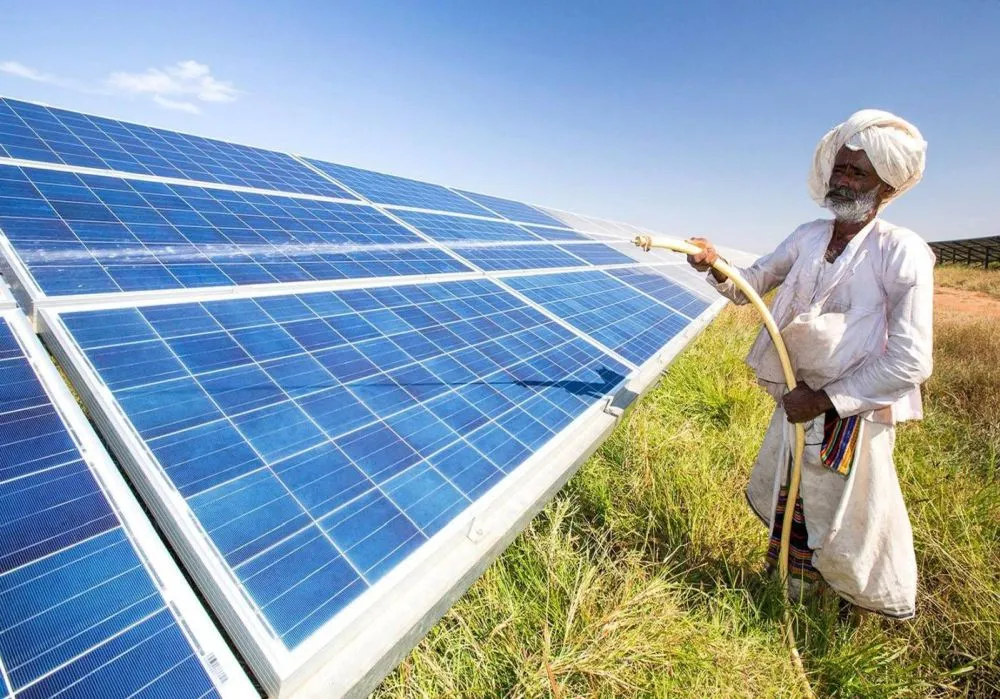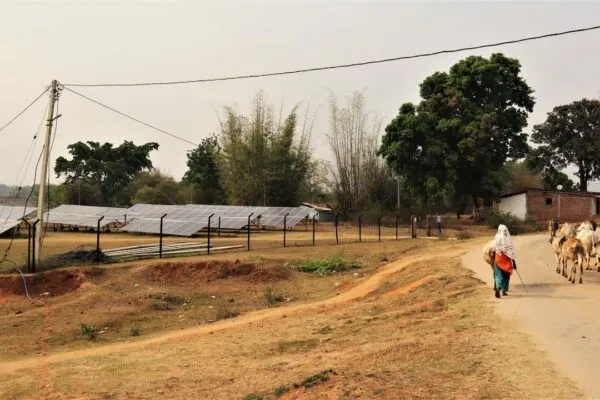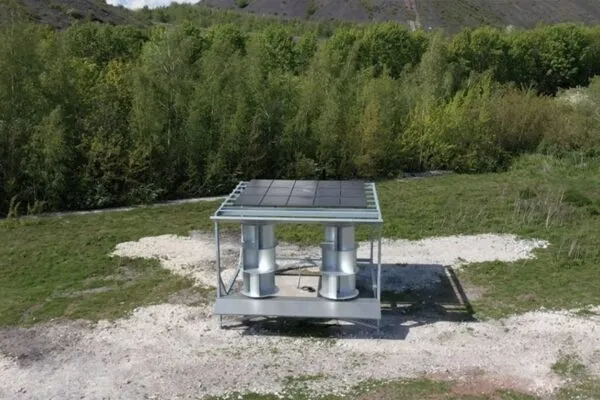India’s Largest Solar Park to be Built in Kutch by NTPC
NTPC is India’s largest energy company that aims to accelerate power development in the nation. A Centre-owned electric utility company, NTPC is going to build India’s largest solar park of 4.75 gigawatts (GW) at Rann of Kutch in Gujarat. The solar park will also generate green hydrogen on a commercial scale.
After getting approval from the Ministry of New and Renewable Energy (MNRE) under the Ultra-Mega Renewable Energy Power Parks (UMREPP) scheme, NTPC plans to invest Rs. 1 trillion between 2019 and 2024 to become a 130 GW power producer by 2032, 60 GW of which will come from renewable energy resources.
In a statement, the company said,
This will be India’s largest solar park to be built by the largest power producer of the country. As a part of its green energy portfolio augmentation, NTPC Ltd, India’s largest energy integrated company aims to build 60 GW Renewable Energy Capacity by 2032. Currently, the state-owned power major has an installed capacity of 66 GW across 70 power projects with an additional 18 GW under construction.
Apart from investing in solar and wind projects, NTPC also aims to work in green hydrogen and green methanol, which are cleaner fuels that are manufactured at units running on renewable energy.

Image: Intelligent Living
Various other companies have been planning to build massive green energy parks under UMREPP scheme in wind- and solar-resource-rich states such as Jammu and Kashmir, Andhra Pradesh, Gujarat, Karnataka, Madhya Pradesh, Maharashtra, Rajasthan, Tamil Nadu and Telangana.
Currently, there are five operation solar power parks in India, of which Bhadla in Rajasthan (2.2GW) and Pavgada in Karnataka (2.05GW) are among the world’s largest single-location solar plants.
This solar park is part of the government’s target to make state-run companies built massive clean energy parks to help developers attain economies of scale and further reduce the tariffs for solar and wind power. It will also help India in achieving its renewable energy goals by 2030.
Via: Solar Quint


